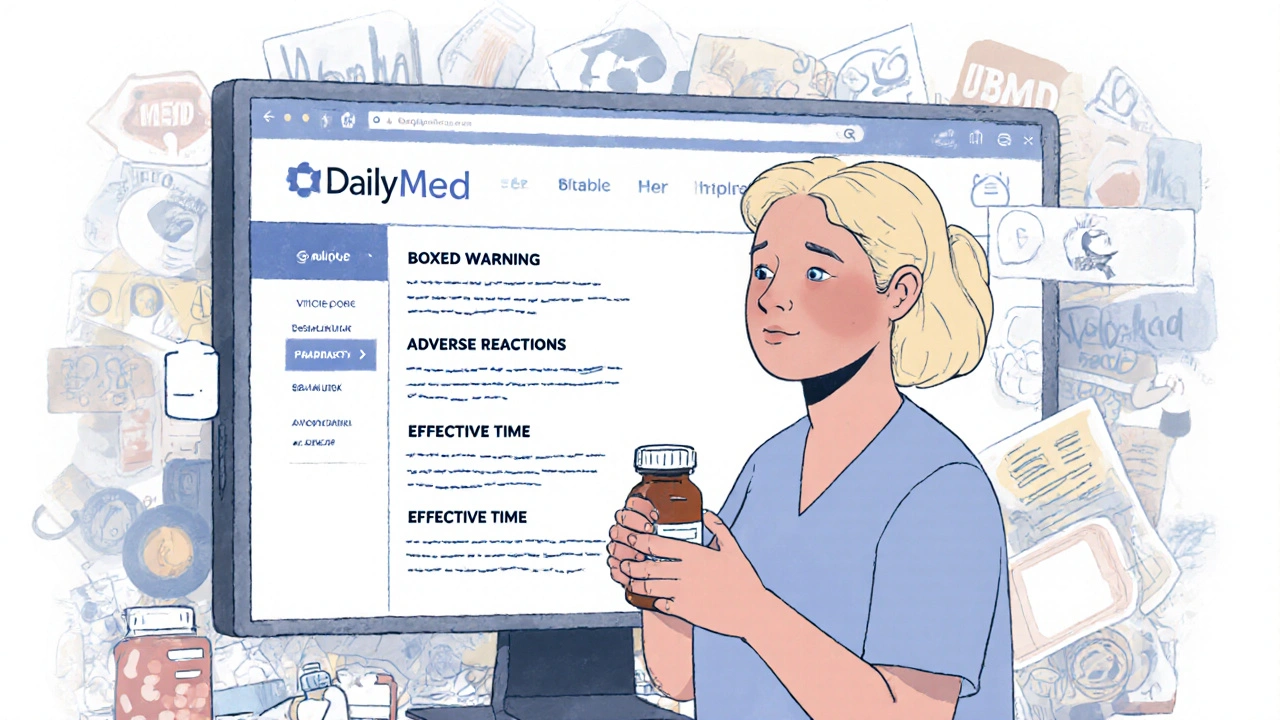FDA Drug Information: Trusted Details on Prescriptions, Safety, and Approval
When you hear FDA drug information, the official data from the U.S. Food and Drug Administration that tells you if a medicine is safe, effective, and properly labeled. Also known as prescription drug oversight, it’s the backbone of every pill you take—whether it’s for diabetes, high blood pressure, or a simple infection. This isn’t just paperwork. It’s your protection. The FDA doesn’t just approve drugs; it sets rules for how they’re made, stored, labeled, and monitored after they hit the market. If a drug changes hands from brand to generic, the FDA checks that it works the same. If a new interaction pops up between your blood pressure pill and that supplement you started, the FDA tracks it. And if a medication causes rare but serious skin damage or liver problems, they update the warning labels—so you know before you take it.
That’s why drug approval process, the step-by-step review by the FDA that includes clinical trials, safety data, and manufacturing standards before a drug can be sold matters so much. Not every drug that looks promising makes it through. Many fail because they’re unsafe, ineffective, or don’t work better than what’s already out there. But when a drug does get approved, the FDA doesn’t just walk away. They keep watching. That’s how they caught the link between certain antibiotics and tendon tears, or how they updated warnings for statins and muscle pain. And when new tools like digital therapeutics, FDA-cleared software apps that treat conditions like ADHD or chronic pain, often used alongside prescription drugs started appearing, the FDA didn’t ignore them—they created new rules to make sure they don’t interfere with your other meds. These aren’t theoretical concerns. They show up in real life: someone taking magnesium with their osteoporosis drug and losing bone density, or mixing alcohol with antidepressants and ending up in the ER. The FDA doesn’t prevent every mistake, but it gives you the facts to avoid them.
You’ll find all this in the posts below. Real examples. Real risks. Real solutions. From how to tell if your penicillin reaction is a true allergy or just a side effect, to why storing your liquid antibiotic in the fridge matters more than you think, to how switching to a generic version of your thyroid med could change your lab results—every post is built on FDA data and real-world use. No fluff. No guesswork. Just what you need to know to use your meds safely, understand your prescriptions, and ask the right questions at the pharmacy. Whether you’re managing one drug or five, this collection gives you the clarity to take control.

DailyMed Navigation: How to Find Up-to-Date Drug Labels and Side Effects
DailyMed is the official source for up-to-date FDA-approved drug labels and side effects. Learn how to find accurate medication information, check for safety warnings, and verify the latest updates from manufacturers.
November 22 2025